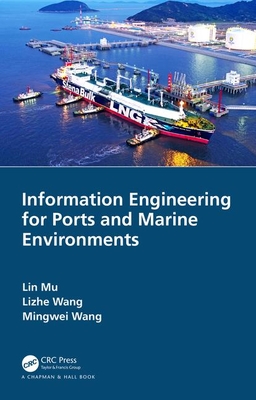Quantifying Research Integrity (Synthesis Lectures on Information Concepts, Retrieval, and S)
暫譯: 量化研究誠信(資訊概念、檢索與合成講座)
Michael Seadle
- 出版商: Morgan & Claypool
- 出版日期: 2016-12-22
- 售價: $2,090
- 貴賓價: 9.5 折 $1,986
- 語言: 英文
- 頁數: 142
- 裝訂: Paperback
- ISBN: 1627056408
- ISBN-13: 9781627056403
海外代購書籍(需單獨結帳)
相關主題
商品描述
Institutions typically treat research integrity violations as black and white, right or wrong. The result is that the wide range of grayscale nuances that separate accident, carelessness and bad practice from deliberate fraud and malpractice often get lost. This lecture looks at how to quantify the grayscale range in three kinds of research integrity violations: plagiarism, data falsification, and image manipulation.
Quantification works best with plagiarism, because the essential one-to one matching algorithms are well known and established tools for detecting when matches exist. Questions remain, however, how many matching words of what kind in what location in which discipline constitute reasonable suspicion of fraudulent intent. Different disciplines take different perspectives on quantity and location. Quantification is harder with data falsification, because the original data are often not available, and because experimental replication remains surprisingly difficult. The same is true with image manipulation, where tools exist for detecting certain kinds of manipulations, but where the tools are also easily defeated.
This lecture looks at how to prevent violations of research integrity from a pragmatic viewpoint, and at what steps can institutions and publishers take to discourage problems beyond the usual ethical admonitions. There are no simple answers, but two measures can help: the systematic use of detection tools and requiring original data and images. These alone do not suffice, but they represent a start.
The scholarly community needs a better awareness of the complexity of research integrity decisions. Only an open and wide-spread international discussion can bring about a consensus on where the boundary lines are and when grayscale problems shade into black. One goal of this work is to move that discussion forward.
商品描述(中文翻譯)
機構通常將研究誠信違規視為黑白分明的對錯。結果是,將意外、疏忽和不當行為與故意欺詐和不當行為區分開來的各種灰色細微差別往往被忽略。本次講座將探討如何量化三種研究誠信違規的灰色範圍:抄襲、數據偽造和圖像處理。
量化在抄襲方面效果最佳,因為基本的一對一匹配算法是眾所周知且已建立的工具,用於檢測何時存在匹配。然而,仍然存在問題,即在何種學科中,多少匹配的單詞、何種類型和何種位置構成對欺詐意圖的合理懷疑。不同學科對數量和位置有不同的看法。數據偽造的量化更為困難,因為原始數據通常不可用,並且實驗重複性仍然出乎意料地困難。圖像處理的情況也是如此,雖然存在檢測某些類型操控的工具,但這些工具也容易被破解。
本次講座將從務實的角度探討如何防止研究誠信違規,以及機構和出版商可以採取哪些步驟來阻止超出通常倫理警告的問題。沒有簡單的答案,但有兩項措施可以幫助:系統性地使用檢測工具和要求提供原始數據和圖像。僅僅這些措施並不足夠,但它們代表了一個開始。
學術界需要更好地認識到研究誠信決策的複雜性。只有開放且廣泛的國際討論才能達成共識,確定邊界線在哪裡,以及何時灰色問題轉變為黑色。本工作的目標之一是推進這一討論。































